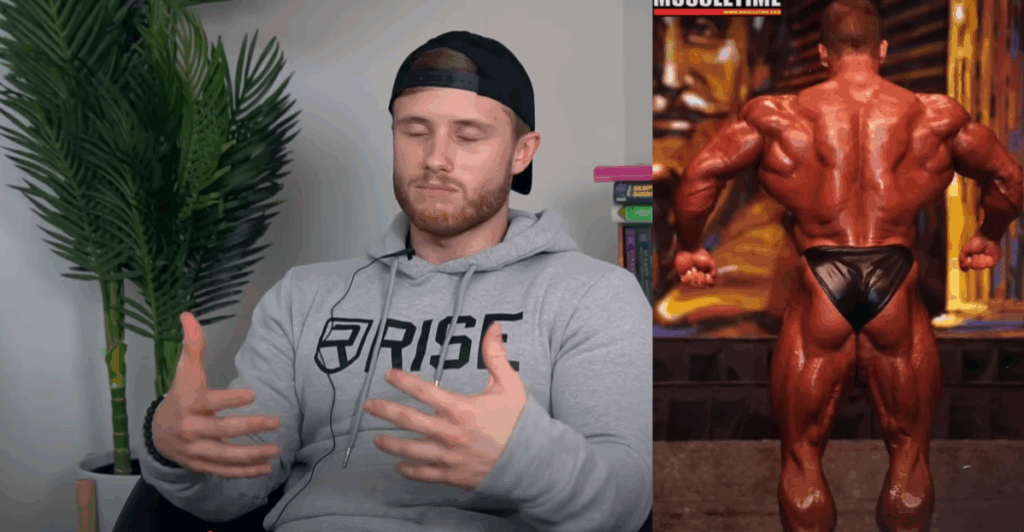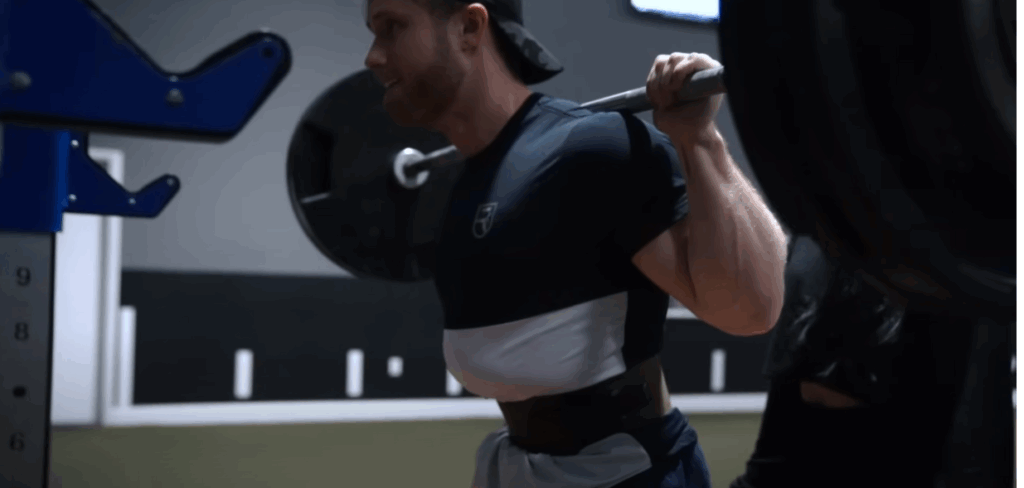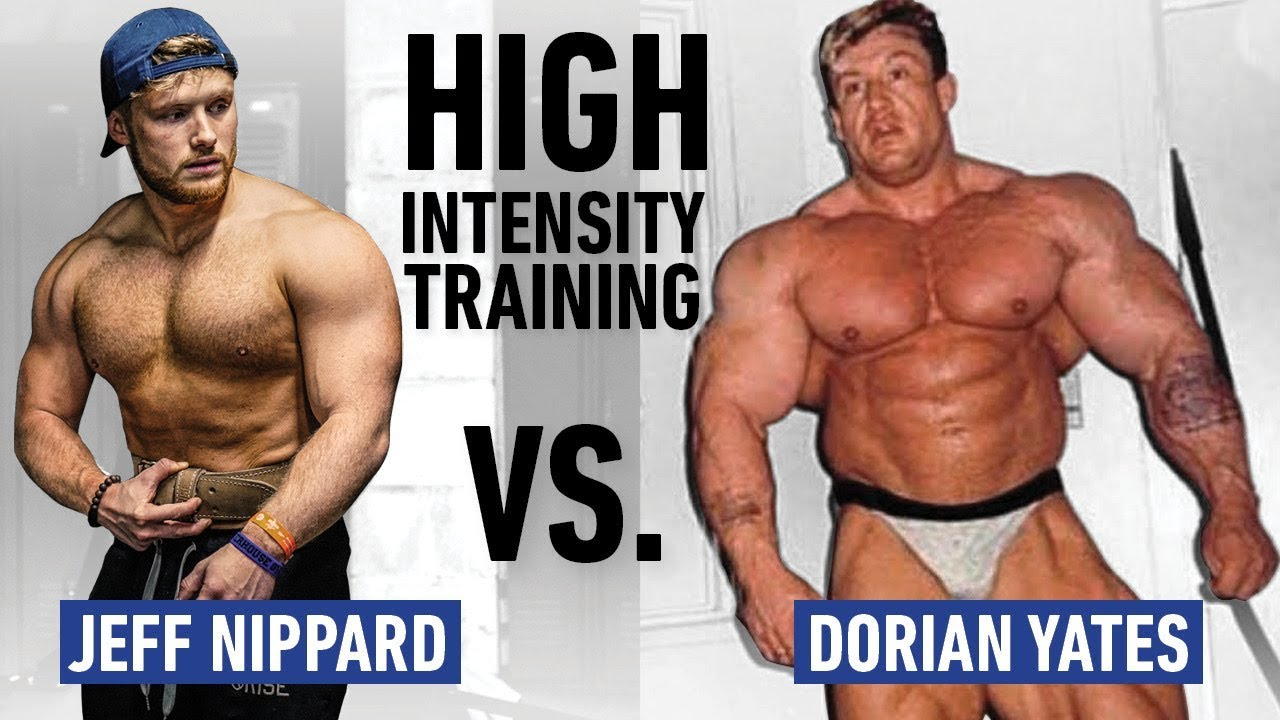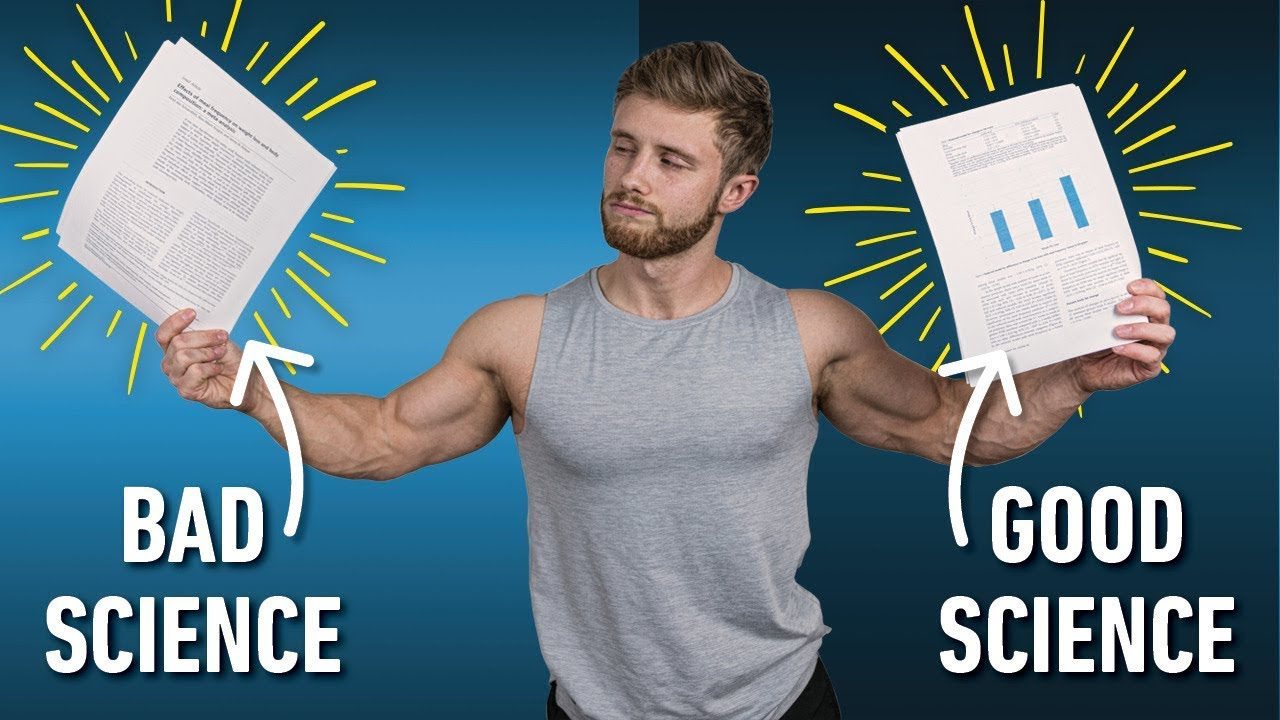When discussing bodybuilding training philosophies, few debates are as enduring as high-intensity training (HIT) versus high-volume training. Legendary bodybuilder Dorian Yates popularized HIT in the 1990s, famously performing just one all-out working set to failure per exercise, inspired by pioneers like Mike Mentzer and Arthur Jones.
Yates often credited this style of training for his trademark physique—dense, grainy, and brutally muscular. But does this approach truly deliver superior hypertrophy compared to higher-volume methods championed by modern bodybuilding science? And more importantly, should natural lifters consider incorporating it into their training?
Let’s dive deep into what the research says, how these methods differ, and how you can intelligently integrate both for maximum growth.

The Dorian Yates Approach: One Set to Failure
On a recent podcast interview, Yates reiterated that he attributes much of his signature look to low-volume, high-intensity training. According to him, taking every set to absolute failure stimulates maximum muscle fiber recruitment, triggering the adaptations needed for growth without unnecessary “junk volume.”
He also believes this approach contributed to the “grainy” and dense muscle quality associated with bodybuilders of his era. However, this is difficult to prove, as multiple factors—particularly differences in drug protocols, diet, and genetics—play significant roles in physique development.
Additionally, many modern bodybuilders who still achieve a dense look, such as Branch Warren, do not necessarily follow Yates’ exact training style, suggesting that intensity alone may not be the sole driver.
The Case for High-Volume Training
On the other side of the spectrum, modern hypertrophy research, led by experts like Dr. Brad Schoenfeld and James Krieger, often supports higher training volumes as a primary driver of muscle growth. The general consensus is that more sets, when properly programmed, lead to greater overall mechanical tension and metabolic stress—both key mechanisms of hypertrophy.
Meta-analyses have consistently shown that 10+ weekly sets per muscle group tend to produce superior results compared to lower volumes, provided that recovery is managed. For many natural lifters, this progressive accumulation of workload seems to be the most reliable way to stimulate growth.
What Research Says About One Set to Failure
Interestingly, not all experts agree that high volume is essential. Researchers such as James Fisher and James Steele have published studies suggesting that a single, well-executed set taken to true muscular failure can stimulate a large proportion of hypertrophy adaptations.
Their findings align with the philosophy of HIT: once a muscle is fully fatigued, additional sets may produce diminishing returns. This perspective mirrors Yates’ training style, where maximum effort is prioritized over total set count.
However, there’s a key caveat: these studies often involve untrained or recreationally trained subjects, meaning experienced lifters might need more total work to continue progressing.
The Problem with Mixing High Volume and High Intensity
While both training styles can work, combining them recklessly can lead to trouble. Performing high volumes with multiple sets taken to absolute failure dramatically increases the risk of:
- Overtraining and CNS fatigue
- Injury due to form breakdown under fatigue
- Extended recovery times, reducing training frequency
This is why most successful lifters adopt a balanced approach: if you choose high-intensity, you must lower total volume. Conversely, if you train with higher volumes, you need to manage fatigue by stopping some sets shy of failure (around RPE 7–9).
How to Use Both Approaches for Maximum Growth
The truth is that both HIT and high-volume training can be effective, but neither shoul

1. High-Volume, Moderate-Intensity Blocks
- Goal: Accumulate total weekly workload for hypertrophy.
- Structure: 3–5 working sets per exercise, staying 1–3 reps short of failure.
- Duration: 6–10 weeks.
- Best For: Building work capacity, progressing with lighter loads, and gradually adding volume.
2. High-Intensity, Low-Volume Blocks
- Goal: Maximize fiber recruitment and improve strength.
- Structure: 1–2 all-out sets to failure per exercise, limited exercises per session.
- Duration: 4–6 weeks.
- Best For: Breaking through plateaus, deloading from excessive volume, and mentally refreshing training.
By cycling between these phases, you get the benefits of both progressive overload through volume and maximum intensity stimulus, while reducing the risk of overtraining.
Who Should Consider High-Intensity Training?
HIT may be especially useful for:
✅ Advanced lifters who need a change after years of high-volume training
✅ Older trainees who require lower joint stress but still want to train hard
✅ Time-constrained lifters who can’t spend hours in the gym
However, for beginners and intermediates, sticking with a moderate to higher volume approach is generally safer and more sustainable, as they still need more frequent practice of lifts to master technique.

The Bottom Line: Both Methods Work—If You Use Them Wisely
Instead of locking yourself into one extreme—whether that’s the Dorian Yates-style HIT or a marathon of high-volume sets—the best approach is to use both intelligently.
Think of training as a long-term project. Over a year, you could structure it as:
- 6–8 weeks of higher volume (hypertrophy focus)
- 4–6 weeks of lower volume, high-intensity training (strength and fiber recruitment)
- Deload or transition weeks between phases
This method provides progressive overload, variety, and adequate recovery, all crucial for long-term muscle growth.
So, can one set to failure build muscle? Absolutely. But is it the only way? Definitely not. Both volume and intensity are tools, and the best physique builders learn how to use both at the right times.



